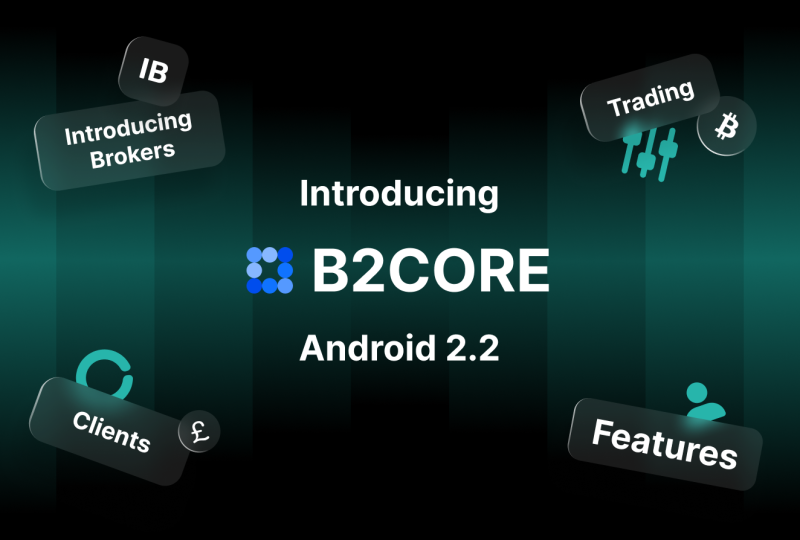Why is NVIDIA Stock Going Down Today? Analysing the Sudden Shift
Mar 27, 2024

Tuesday’s trading session saw a 0.9% decrease in the shares of NVIDIA Corporation. The stock closed marginally higher at $941.79 after hitting a low of $940.45. 17,429,981 shares were moved at the end of this trading day, a considerable fall from the average session volume of 53,482,352 shares.
NVIDIA’s stock had closed at $950.02 the previous day. This recent decline occurs against the backdrop of NVIDIA’s rapid expansion and the market’s generally favorable perception of the firm. We will now analyse and discuss the factors why Nvidia stock is down.
Dynamic and Perspectives
With 17,429,981 shares changing hands, NVIDIA’s trading activity on Tuesday experienced a notable decrease in the number of shares moved. Compared to the company’s average session volume of 53,482,352 shares, this statistic reflects a 67% decline. Recent revisions to NVIDIA’s analyst outlooks and price targets suggest optimism about the company’s financial prospects.
For example, UBS Group lifted their target for NVIDIA from $800.00 to $1,100.00, while Jefferies Financial Group raised their price objective from $610.00 to $780.00. Susquehanna, TD Cowen, and Oppenheimer also raised their price targets, indicating they had a favorable opinion of NVIDIA’s shares.
On the same day that NVIDIA’s stock dropped, the S&P 500 Index, the Dow Jones Industrials Index, and the Nasdaq 100 Index all saw decreases in the overall market environment. In particular, the Dow finished lower by 0.08%, the Nasdaq 100 by 0.36%, and the S&P 500 down by 0.28%. NVIDIA’s decline affected the wider market indices and added to the tech industry’s general downfall.
Financial Health and Insider Activity
NVIDIA’s quarterly earnings per share (EPS) came in at $5.16, above the $4.21 analysts had projected. This performance shows a significant rise over the $0.65 EPS in earnings at the same time the prior year. With $22.10 billion in revenue for the quarter, the company’s revenue is above analysts’ projections of $20.40 billion.
By comparison, this quarter’s revenue is 265.3% higher than the previous quarter. With a price-to-earnings (P/E) ratio of 77.52 and a price/earnings to growth (P/E/G) ratio of 1.36, NVIDIA has a market capitalization of $2.31 trillion.
There have been reports of insider trading activity. One such transaction was insider Donald F. Robertson, Jr. selling 450 shares for $410,229.00 at an average price of $911.62. Robertson now directly owns 49,815 shares of the company, valued at about $45,412,350.30, as a result of this purchase. Furthermore, Director Mark A. Stevens now directly owns 1,107,583 shares after selling 12,000 shares at an average price of $853.54 for a total of $10,242,480.00. These insider sales occurred within the context of NVIDIA’s stock price performance and projections, with discussions of will Nvidia stock reach $1,000 and considerations about where will nvidia stock be in 5 years.
Final Remarks
the company’s financial stability is unaffected by the recent volatility of the stock market. It is obvious how crucial larger market trends and economic indicators are to understanding stock movements. NVIDIA’s stock is poised for a comeback, backed by solid fundamentals and an optimistic analyst outlook.




